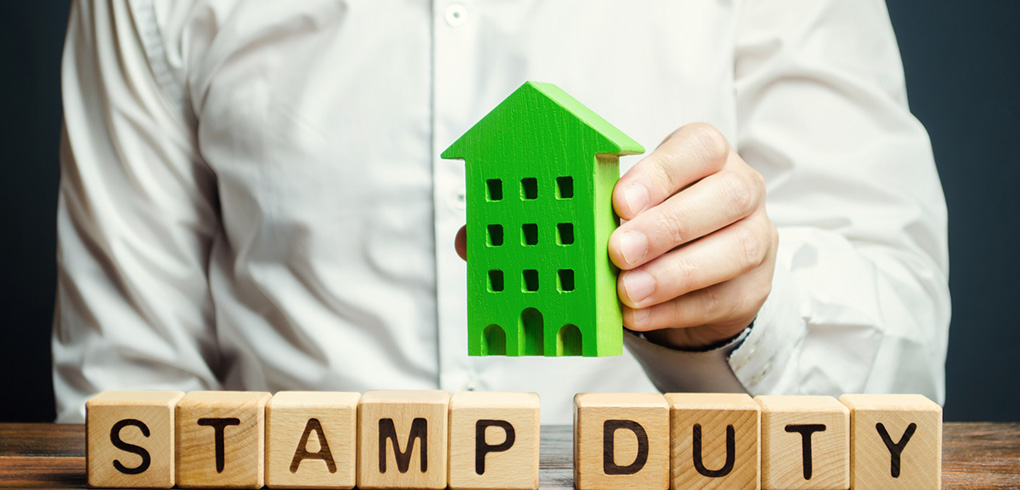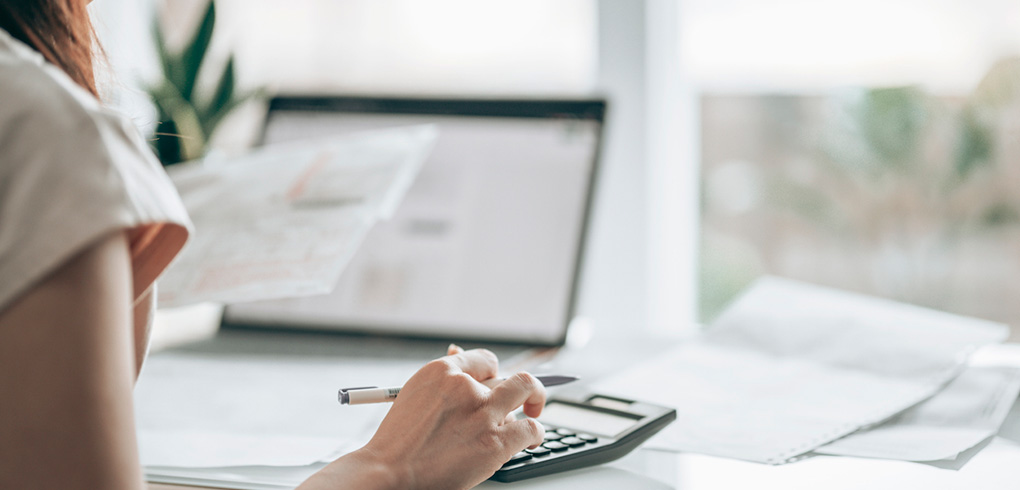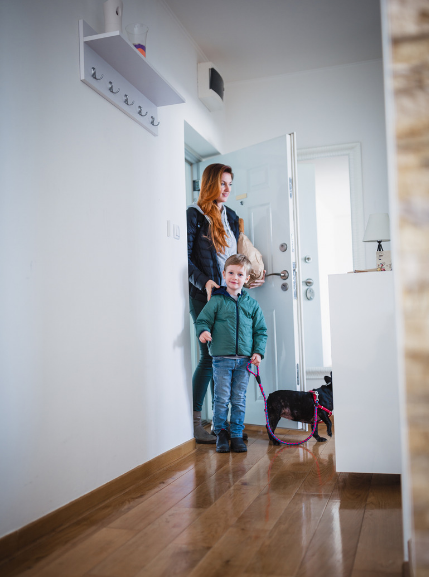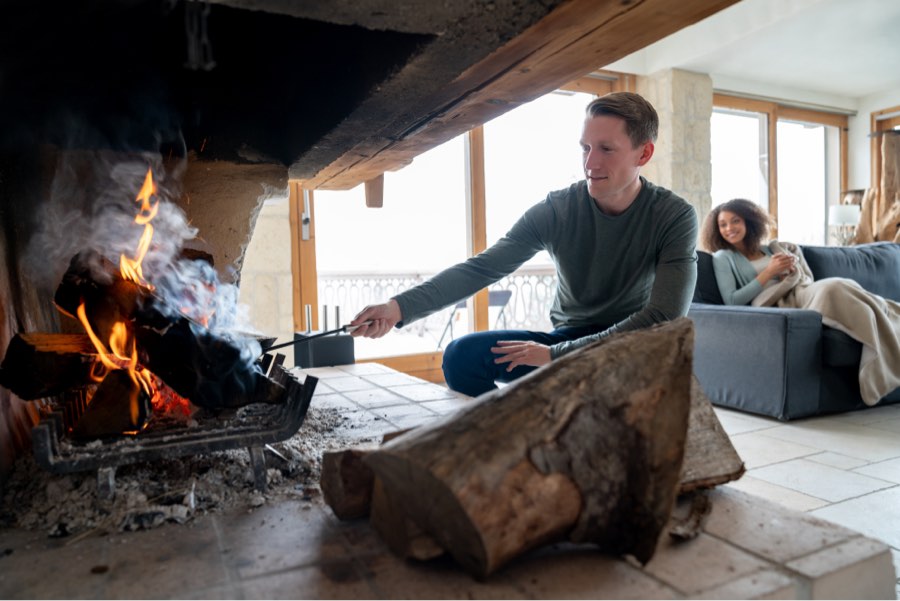This guide has been produced for information purposes only. As a buy to let mortgage broker, we're not able to offer tax advice. Speak to a tax adviser if you need some tax guidance.
There are so many different Stamp Duty rates that it can be a challenge to identify how much you’re liable to pay on a specific property. In this guide, we’ll explain everything you need to know about paying Stamp Duty on a second home or property.
The Topics Covered in this Article Are Listed Below:
- What Is Stamp Duty?
- Why Do You Pay Stamp Duty Tax?
- What Counts as a Second Home or Buy to Let Property?
- How Is Stamp Duty on Second Homes Worked Out?
- Second Home Stamp Duty for Non-UK Residents
- Stamp Duty Second Home Calculator
- Second Home Stamp Duty Rates
- When Do You Have to Pay Stamp Duty for Second Homes?
- How to Pay 2nd Property Stamp Duty
- How to Avoid Stamp Duty on a Second Home
- When Do You Get a 2nd Home Stamp Duty Exemption?
- Can I Claim Back Second Home Stamp Duty?
- Other Types of Second Property Tax
WHAT IS STAMP DUTY?
You pay Stamp Duty Land Tax when you purchase a property or land over a certain value in England and Northern Ireland. You have to pay this tax on most properties, including:
- A freehold property
- A leasehold property with a new or existing leasehold
- A property using a shared ownership scheme
- Land
If you buy a property which will function as your main and only residence, you'll pay Stamp Duty at the standard rates.
If you buy a second home or a buy to let property, you'll pay Stamp Duty at the standard rates plus a 5% surcharge on each band. The Stamp Duty Tax rates for second homes and buy to let properties are the same because they both qualify as second residences.
Why Do You Pay Stamp Duty Tax?
Stamp Duty was initially introduced to cover the costs of arranging paperwork when purchasing a property. The name “Stamp Duty” came from physically having your paperwork stamped. Even though the paperwork is primarily digital now, we still have to pay Stamp Duty.

WHAT COUNTS AS A SECOND HOME OR BUY TO LET PROPERTY?
If you already own a home, any additional residential property you buy for personal use is considered a second home and you’ll have to pay the 5% Stamp Duty surcharge. Similarly, any additional residential property you buy with the intention of letting out is a buy to let and you’ll have to pay the 5% surcharge.
This is the case even if:
- You own a holiday home abroad and you’re now buying your first property in the UK
- Your other property is a shared ownership
- Your other property is a freehold or leasehold
Basically, as long as you own a home, any new residential property will be treated as a second property and incur Additional Stamp Duty. What’s more, it’s irrelevant whether you actually bought your previous property, inherited it or were added to the title deeds later on; you still technically own a home and therefore any new property will not be your first.
HOW IS STAMP DUTY ON SECOND HOMES WORKED OUT?
Stamp Duty is worked out using the property purchase price and banded rates. Each band indicates the rate at which you’ll Stamp Duty on that portion of the property price. For example, a main residence purchased at £300,000 from or after 1/4/2025 will incur Stamp Duty rates of 0% on the first £125,000, 2% on the next £125,000 and 5% on the last £50,000. In this example the total amount of Stamp Duty payable would be £5,000.
Buy to Let and Second Home Stamp Duty Tax Bands
Second home Stamp Duty follows the same principle and bands as standard Stamp Duty but includes a 5% surcharge on top standard Stamp Duty Rates. For example a second home or buy to let purchased at £300,000 will incur Stamp Duty rates of 5% on the first £125,000, 7% on the next £125,000 and 10% on the final £50,000. In this example the total amount of Stamp Duty payable would be £20,000.
SECOND HOME STAMP DUTY FOR NON-UK RESIDENTS
Non-UK residents will face an additional 2% surcharge on their Stamp Duty. This applies to all properties and land with a purchase price of more than £40,000.
Even if only 1 of the people purchasing the property is an overseas resident, you will have to pay this additional 2% surcharge. This means that the Stamp Duty on a second home for a non-UK resident will be a total of 7% more than the standard rate, while the Stamp Duty on their only residence would be 2% above the standard.
Stamp Duty Second Home Rates
If you’re buying a second residence or a buy to let in England or Northern Ireland:
You’ll pay a 5% Stamp Duty surcharge on top of the standard Stamp Duty rate.
Property Value | Standard SDLT Rate 23/9/22 - 31/3/25 | SDLT Rate on Second Homes or Buy to Lets 31/10/24 - 31/3/25 | Property Value | Standard SDLT Rate from 1/4/25 | SDLT Rate on Second Homes or Buy to Lets from 1/4/25 |
|---|---|---|---|---|---|
Up to £250,000 | 0% | 5% | Up to £125,000 | 0% | 5% |
£125,001 - £250,000 | 2% | 7% | |||
£250,001 - £925,000 | 5% | 10% | £250,001 - £925,000 | 5% | 10% |
£925,001 - £1,500,000 | 10% | 15% | £925,001 - £1,500,000 | 10% | 15% |
From £1,500,001 | 12% | 17% | From £1,500,001 | 12% | 17% |
Example
You’re buying a second home for £700,000, after 1/4/2025. The maximum rate of Stamp Duty you’ll pay is 10% but this is only for the amount of your property value over £250,000, i.e. £450,000. You pay Additional Stamp Duty of 5% on the first £125,000, 7% on the next £125,000 and 10% on the remaining £450,000.
You’ll pay:
- 5% on the first £125,000 of the £700,000 = £6,250
- 7% on the next £125,000 of the £700,000 (the band is £125,001 - £250,000) = £8,750
- 10% on the remaining £450,000 of the £700,000 (the band is £250,001 – £925,000) = £45,000
- Total Second Property SDLT = £60,000
You can calculate how much second property Stamp Duty you’ll pay by following the example. Or, we can work it out for you with our Stamp Duty Calculator.
WHEN DO YOU HAVE TO PAY STAMP DUTY for Second Homes?
You need to make sure that you pay Stamp Duty within 14 days of the completion or purchase of your property. If you do not submit your return and pay the tax within this timeframe, you will face a penalty and the amount due will accrue interest.

HOW TO PAY 2nd Property STAMP DUTY
If you have a solicitor, agent or conveyancer helping you with the purchase of your property, they’ll often handle the paperwork for your Stamp Duty payment. The solicitor will usually submit the tax return as soon as your purchase is completed. They’ll then add the amount of Stamp Duty to their fees, so you can pay it through them.
If this service is not offered, you can also file a tax return for the Stamp Duty on a second home. You’ll then have to pay the tax directly to HMRC, following their instructions.
HOW TO AVOID STAMP DUTY ON A SECOND HOME
You cannot avoid Stamp Duty other than through certain exemption criteria - e.g. the first time buyer Stamp Duty exemption.
If anyone on the title deeds owns another property, the total amount of Stamp Duty payable will be more expensive as the 5% surcharge for Stamp Duty on second homes will be included. If you want to avoid this, you can limit who is on the title deeds to the property. You can do this by opting for joint borrower sole proprietor setups, where you can both be on the mortgage but only one of you (most likely the first time buyer) is on the title deeds.
If you’re married or in a civil partnership, you’ll be treated as one person when it comes to calculating Stamp Duty. This means that, if one of you owns another home, you’ll have to pay Additional Stamp Duty regardless of who is on the title deeds...
When Do You Get a 2nd Property Stamp Duty Exemption?

You’re only exempt from the Stamp Duty on a second home if:
- You purchase a property valued under £40,000, or the share of the property you buy is valued under £40,000
- You buy a caravan, mobile home or house boat
Even if you’re not exempt from paying Stamp Duty on a second property, you can sometimes claim back the Stamp Duty surcharge. For more information on Stamp Duty exemptions, see our guide: What is Stamp Duty and Is It Refundable?
What About First Time Buyers?
A first-time buyer can’t technically purchase a second home. It can be more difficult to find a lender willing to give a first time buyer mortgage a buy to let mortgage but it’s not impossible. Nonetheless, if you’re a first time buyer who does manage to purchase a buy to let property, you’ll pay Stamp Duty at the basic rate and you won’t pay any of the surcharge rates.
CAN I CLAIM BACK SECOND HOME STAMP DUTY?
The amount you pay in Stamp Duty for a second home can be claimed back under some circumstances if you intend to use the property as your main home and are selling your other properties.
If you purchased a new main residence without selling your previous one, you would have effectively purchased a second home. Therefore, you would have likely paid second home Stamp Duty - i.e. Stamp Duty at the basic rate plus the 5% surcharge.
If you then sold your old property within 3 years of purchasing your new one, you may be entitled to a refund on the surcharge. This can be useful for people who sometimes struggle to sell their previous residence or those who need to relocate quickly.
Other Types of Second Property Tax
Stamp Duty is the only second home tax you’ll pay at the time of purchase. However, you’ll have to pay Council Tax for the period you own the property.
Any other second property taxes you pay will depend on what you use the property for and if you sell that property.
If you rent out a second property as a buy to let, you may have to pay Income Tax on your rental income. Learn more about this in our guide: Tax on Rental Income.
If you sell your second property, you may have to pay Capital Gains Tax. Find out more in our guide: Capital Gains Tax on UK Property.
Get in Touch with Our Mortgage Experts

0330 433 2927




